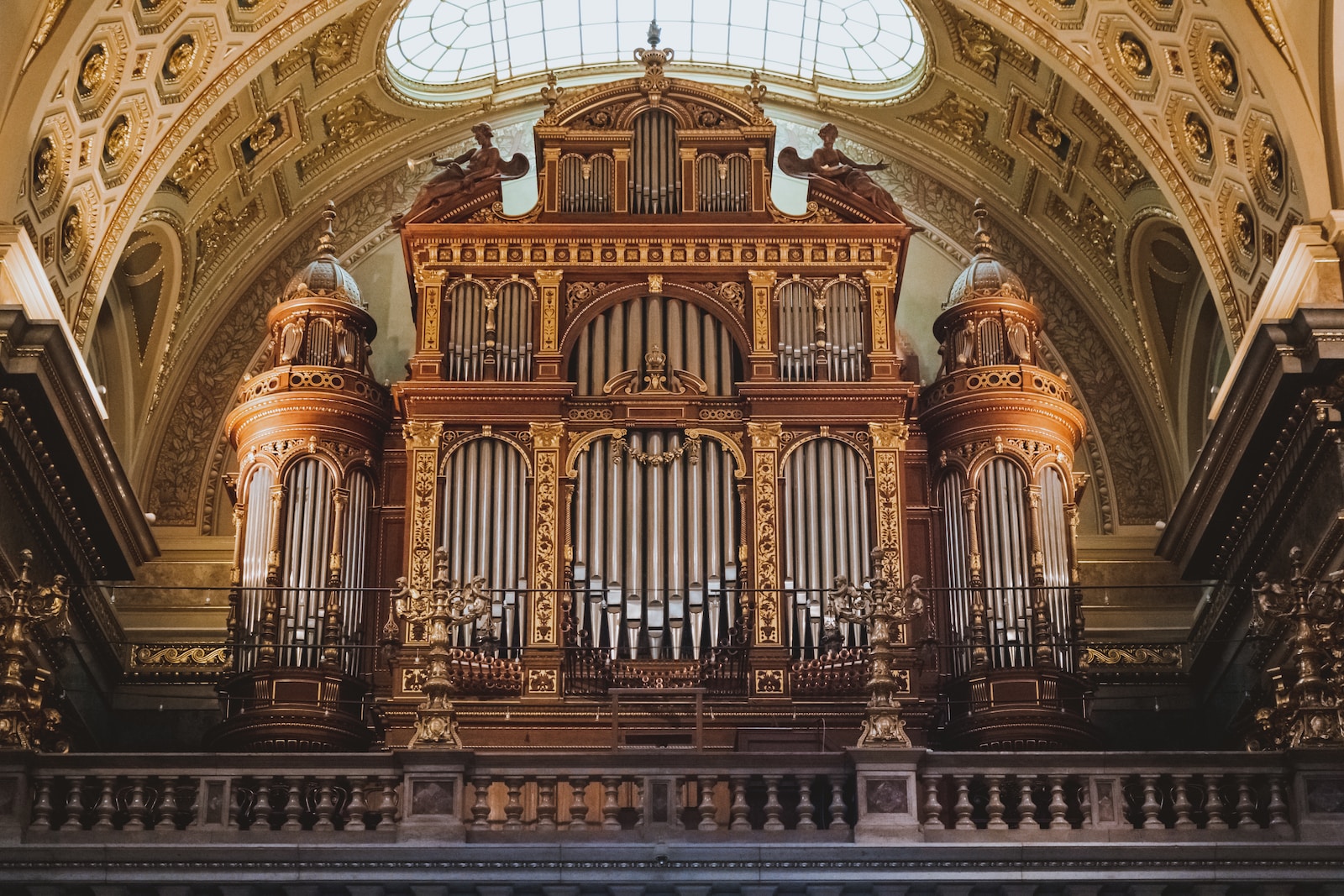JESUS BLEIBT MEINE FREUDE, BWV. 147
Johann-Sebastian Bach

Herz und Mund und Tat und Leben (Heart, and Mouth, and Action, and Life) (BWV 147) is a religious cantata by Johann Sebastian Bach, performed in Leipzig on Friday, July 2, 1723, to mark the feast of the Visitation of the Virgin Mary.
The chorale that concludes the two parts of this cantata is particularly well known: its theme is known to have been transcribed many times, notably for piano, under the title Jesus, may my joy remain.
Herz und Mund und Tat und Leben (BWV 147) ist eine religiöse Kantate von Johann Sebastian Bach, die am Freitag, den 2. Juli 1723 in Leipzig anlässlich des Festes der Heimsuchung der Jungfrau Maria aufgeführt wurde.
Der Choral, der die beiden Teile dieser Kantate beschließt, genießt einen besonderen Bekanntheitsgrad: Sein Thema ist dafür bekannt, dass es mehrfach transkribiert wurde, insbesondere auf dem Klavier, unter dem Namen Jesus, dass meine Freude bleibe.
Herz und Mund und Tat und Leben (Le cœur, et la bouche, et l’action, et la vie) (BWV 147) est une cantate religieuse de Jean-Sébastien Bach jouée à Leipzig le vendredi 2 juillet 1723 à l’occasion de la fête de la Visitation de la Vierge Marie.
Le choral qui conclut les deux parties de cette cantate bénéficie d’une notoriété particulière : son thème est connu pour avoir été transcrit à de multiples reprises, notamment au piano, sous le nom de Jésus que ma joie demeure.


